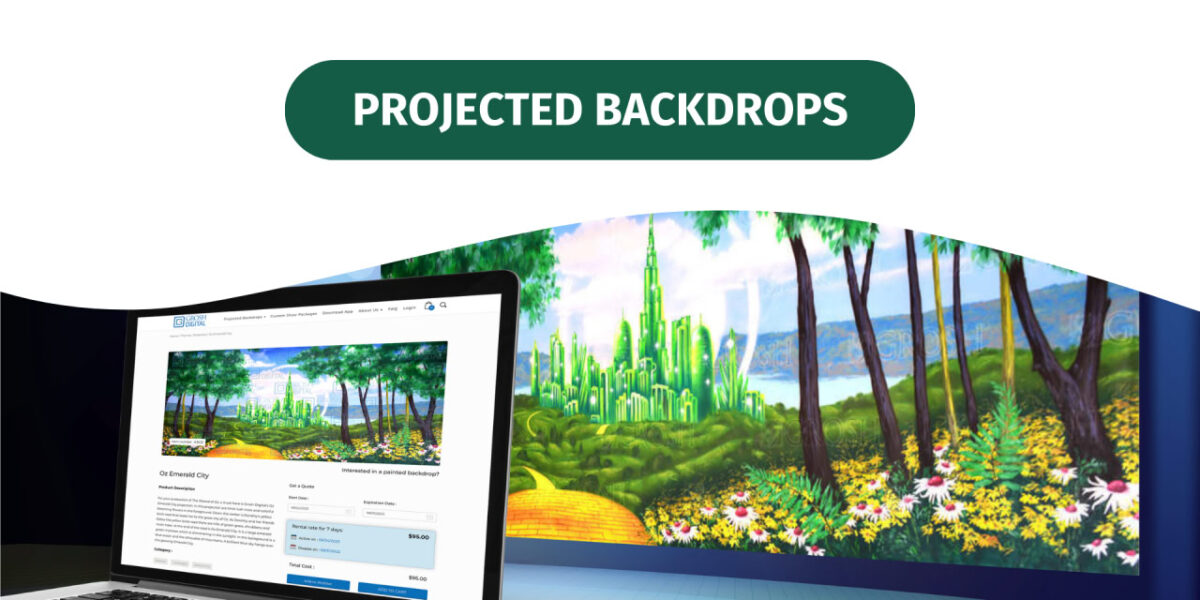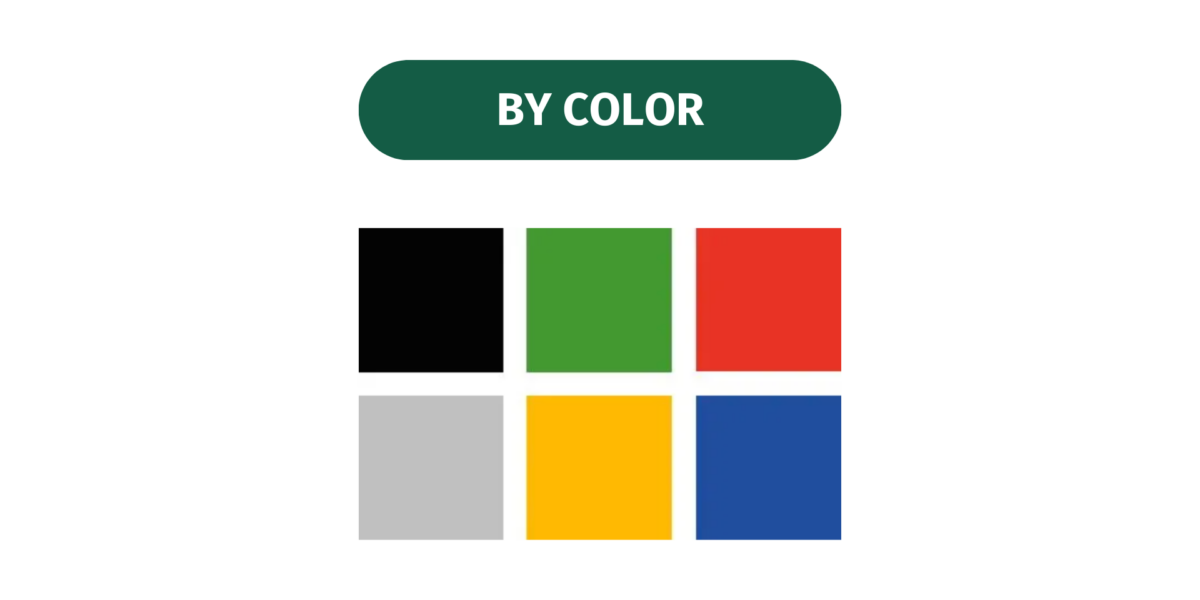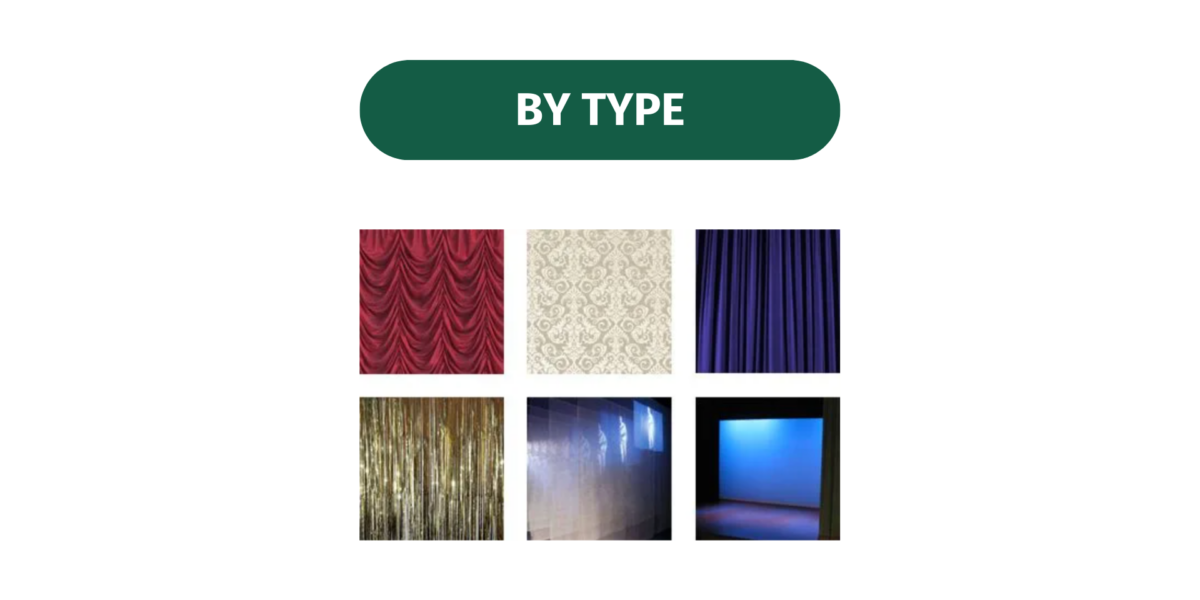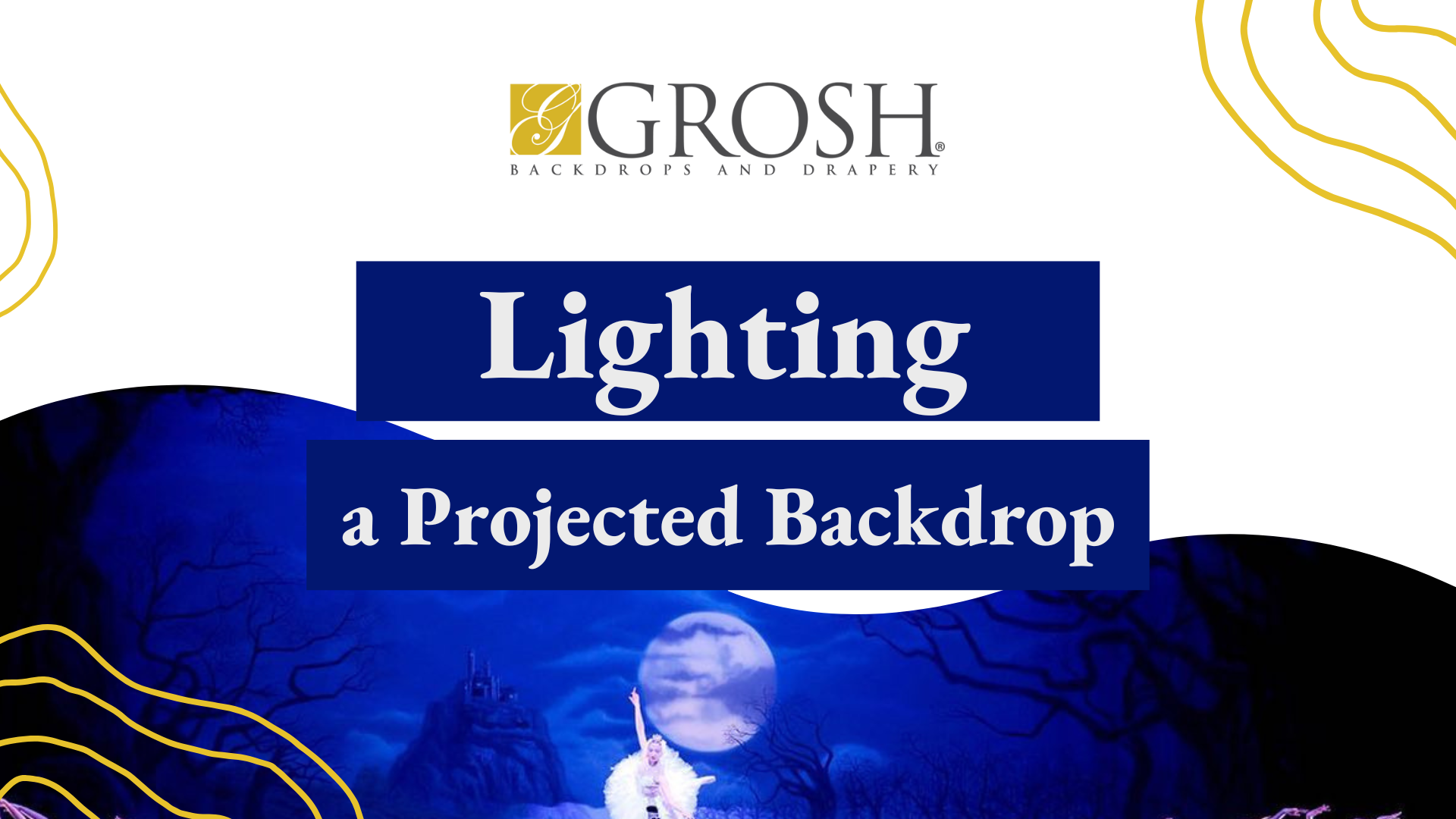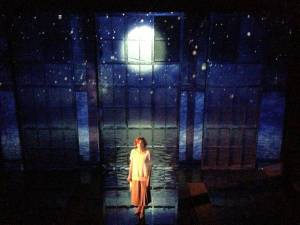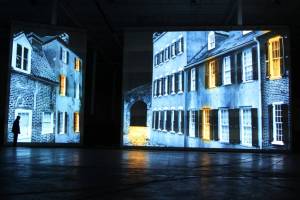Many customers who have viewed the Grosh Digital site have asked various questions about how it works. One of the most commonly asked questions we’ve received is “How do I light a projected backdrop?”.
So, How Do You Light a Projected Backdrop?
When using projected scenery, it is important to take into consideration the light in the space. The right amount of light can make or break your images and ultimately your show. Projection has come a long way over the years and projectors are becoming brighter and images and animations are looking better than ever before. An image that may have required two to four projectors to produce in the past can now be done with a single projector.
The output of light is typically referred to in lumens: the higher the lumens, the more light output the fixture or projector will output. Projection technology is getting brighter and brighter every day. Projectors in very large-scale applications can reach up to 100,000 lumens. In these situations, a large number of lumens is typically needed because of the distance from the projector to the surface is very far. Another reason more lumens could be needed is the lighting that is being used.
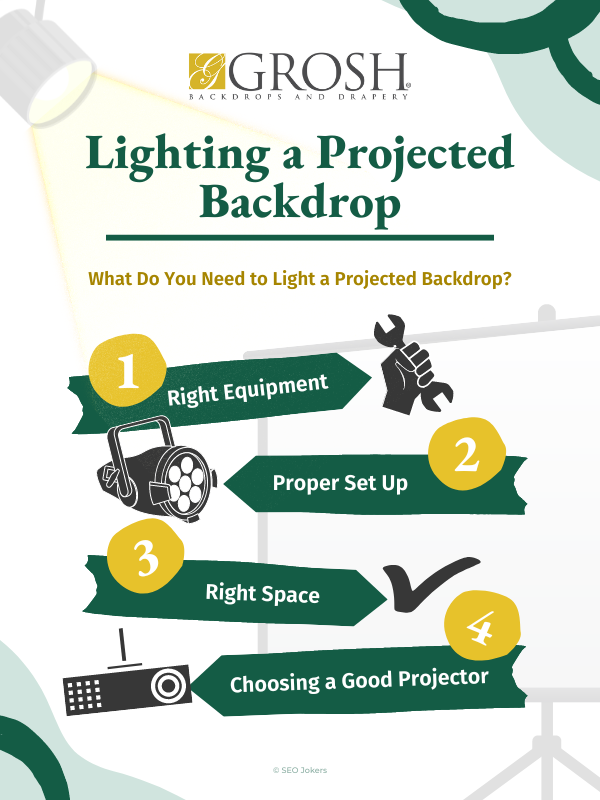
Choosing the Proper Blend of Lighting
Choosing the proper blend of lighting and projection in a space can be key to making your digital image looking the best it can be. You would not want to put a light directly on the screen you are projecting onto. This would cause your projected image to be washed out and not show up at all. Some spaces when projection is being used have very large windows or natural light coming in.
It is very important to take these elements of light into consideration when utilizing projection. The projectors used in these situations typically have a higher lumen count to compensate for the added light in the room. Projection and lighting in a production should go hand in hand and one should not be overtaken by one or the other.
The key is getting the subject or actors lit properly with the right amount of lighting while not using so much light that the projection is blown out and colors are washed out and not visible. The proper blend is key. This will have your production with digital projection looking its best at all times!
To learn about other helpful tips, visit our FAQ section.




